Gunnera L.
giant rhubarb
Gunneraceae
almost exclusively in the southern hemisphere, tropical and temperatetemperate:
(adj) of the climatic zone between boreal and tropical
 regions; New Zealand, Australia, Africa, Madagascar, South and Central America, and several Pacific Islands
regions; New Zealand, Australia, Africa, Madagascar, South and Central America, and several Pacific Islands
Gunnera cordifolia (Hook.f.) Hook.f.
G. manicata Linden ex Delchev.
G. magellanica Lam.
G. monoica Raoul
G. perpensa L.
G. prorepens Hook.f.
G. tinctoria (Molina) Mirb.
Gunnera manicata is introduced into Ireland and New Zealand.
G. tinctoria is introduced into New Zealand and California (United States).
sometimes weedy
amphibiousamphibious:
(adj) of a plant able to live on land or in water
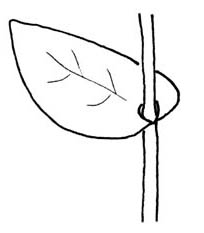 to semi-aquatic, large and broad-leaved
to semi-aquatic, large and broad-leaved
Perennialperennial:
(adj) (of a plant) having a life cycle of more than two years
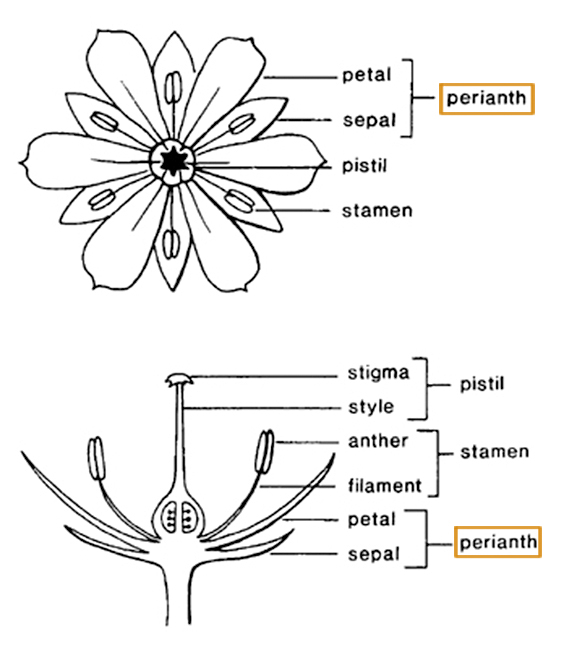 , rhizomatousrhizomatous:
, rhizomatousrhizomatous:
(adj) possessing rhizomes
 and stoloniferous. Stem highly compact and thick. Leaves basalbasal:
and stoloniferous. Stem highly compact and thick. Leaves basalbasal:
(adj) at or pertaining to the base, or point of attachment
 ; petiolepetiole:
; petiolepetiole:
(n) the stalk of a leaf
 long, armed, sometimes with intrapetiolar cataphyllscataphyll:
long, armed, sometimes with intrapetiolar cataphyllscataphyll:
(n) a reduced, small leaf resembling a scale
; leaf bladeblade:
(n) (syn. lamina) the flat, expanded part of a leaf, frond, or petal (excluding, e.g., the petiole)
 ovateovate:
ovateovate:
(adj) egg-shaped in outline; generally with the broad end at or near the base
 to reniformreniform:
to reniformreniform:
(adj) kidney-shaped
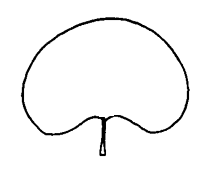 -cordate, simple to lobedlobed:
-cordate, simple to lobedlobed:
(adj) divided into (usually rounded) segments
 , often rugoserugose:
, often rugoserugose:
(adj) wrinkled
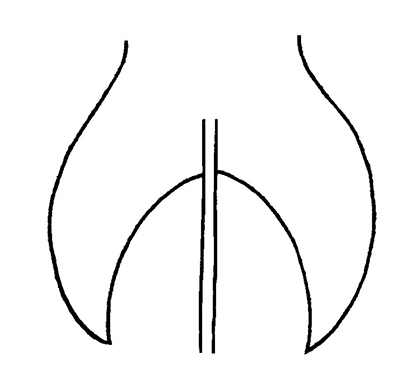 , can be very large; apexapex:
, can be very large; apexapex:
(n) the point farthest from the point of attachment; the tip (often pointed)
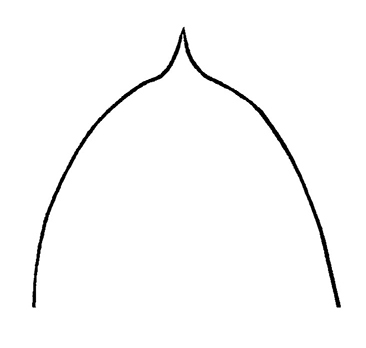 round; base typically cordatecordate:
round; base typically cordatecordate:
(adj) heart-shaped; in the form of two rounded lobes
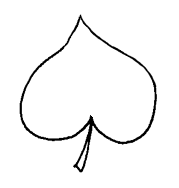 ; marginmargin:
; marginmargin:
(n) edge; rim
 crenate to serrateserrate:
crenate to serrateserrate:
(adj) (of a leaf margin) bearing sharp teeth pointing forward or to the apex
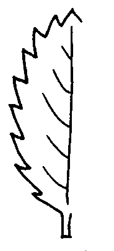 ; venationvenation:
; venationvenation:
(n) the arrangement of veins in a leaf
 palmate. Inflorescenceinflorescence:
palmate. Inflorescenceinflorescence:
(n) the arrangement of flowers on the floral axis
 of very small flowers in an axillaryaxillary:
of very small flowers in an axillaryaxillary:
(adj) in, of, or produced from an axil
 or pseudoterminal paniclepanicle:
or pseudoterminal paniclepanicle:
(n) an indeterminate, branched (often much-branched) inflorescence; the ultimate units may be of a different inflorescence type
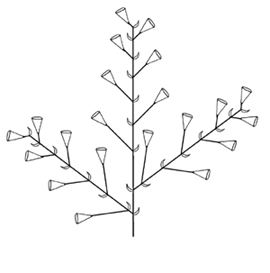 , racemeraceme:
, racemeraceme:
(n) an indeterminate, unbranched inflorescence having pedicelled flowers on a usually elongated axis (may be cymose)
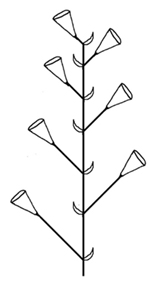 , or spikespike:
, or spikespike:
(n) an indeterminate, unbranching inflorescence of sessile flowers or flower clusters on a usually elongated axis
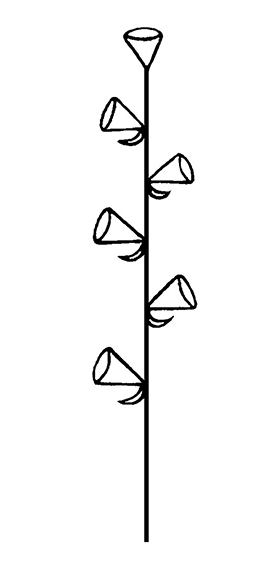 ; female flowers below, male above, bisexualbisexual:
; female flowers below, male above, bisexualbisexual:
(adj) having both male and female sexual reproductive structures on one individual or in one flower
 in between. Fruit a small fleshy or leathery drupedrupe:
in between. Fruit a small fleshy or leathery drupedrupe:
(n) fleshy indehiscent fruit in which the seed or seeds are surrounded by a hardened endocarp (as in a cherry)
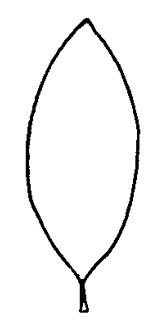 with only 1 seed.
with only 1 seed.
wet meadows and gardens, on wet coastal cliffs, along streams, rivers, lakes, near and in swales, bogs, marshes, swamps and other wetland areas
Gunnera is the only angiosperm that has a symbiotic relationship with Nostoc, a cyanobacteria. Most of the approximately 70 species in the genus are amphibiousamphibious:
(adj) of a plant able to live on land or in water
 to semi-aquatic. The large-sized Gunnera tinctoria is frequently cultivated.
to semi-aquatic. The large-sized Gunnera tinctoria is frequently cultivated.